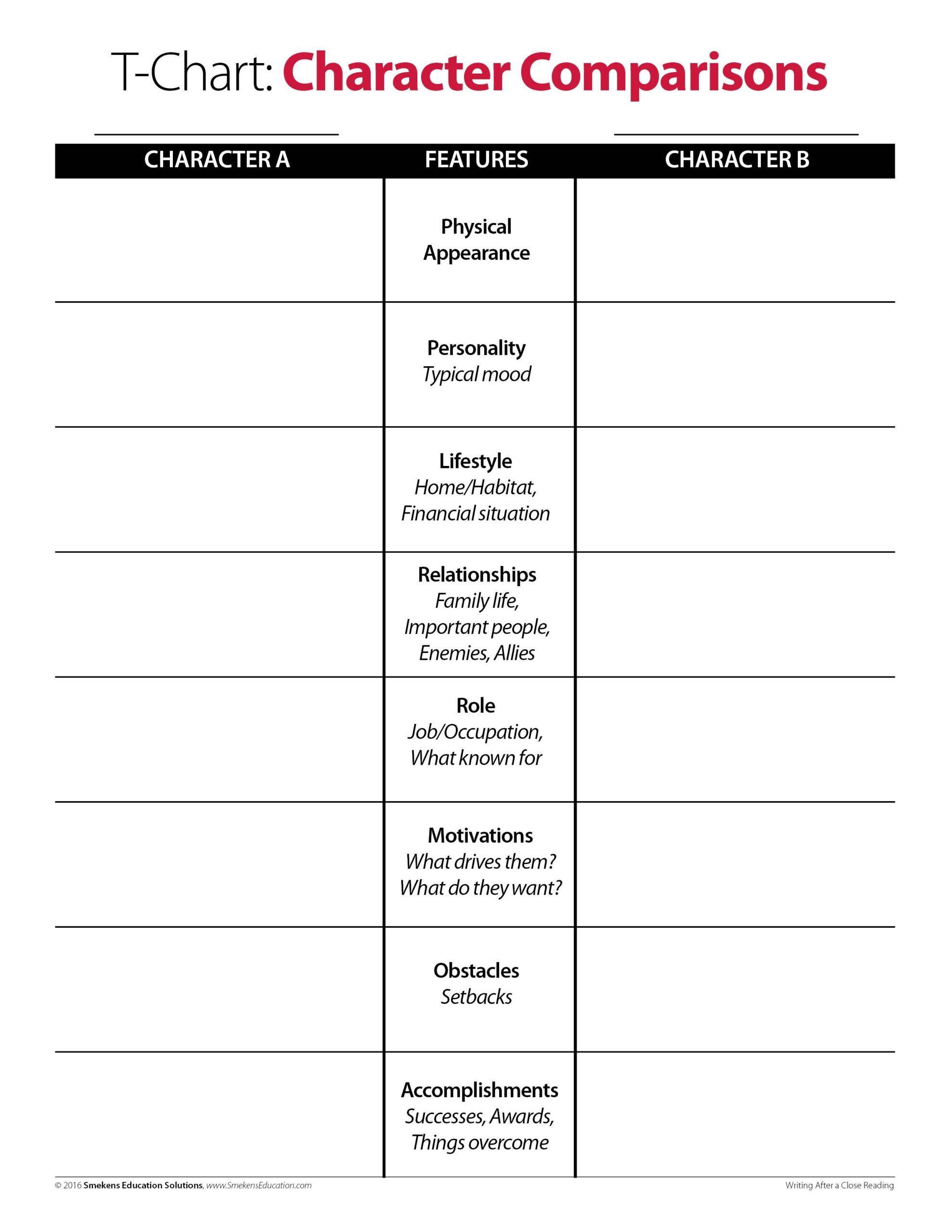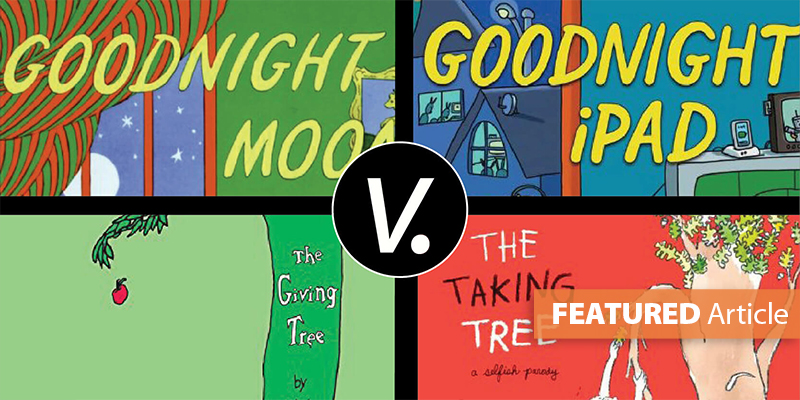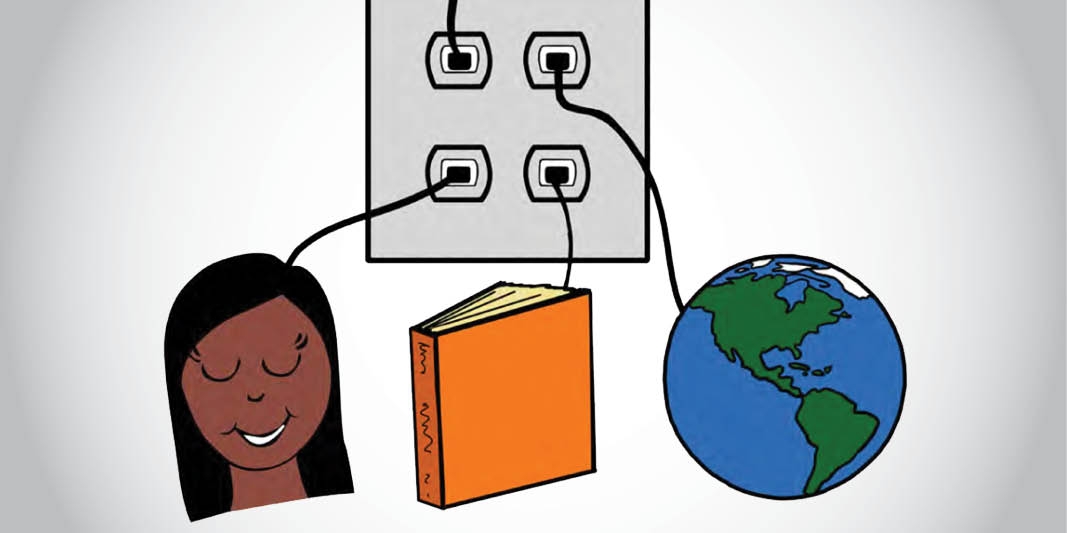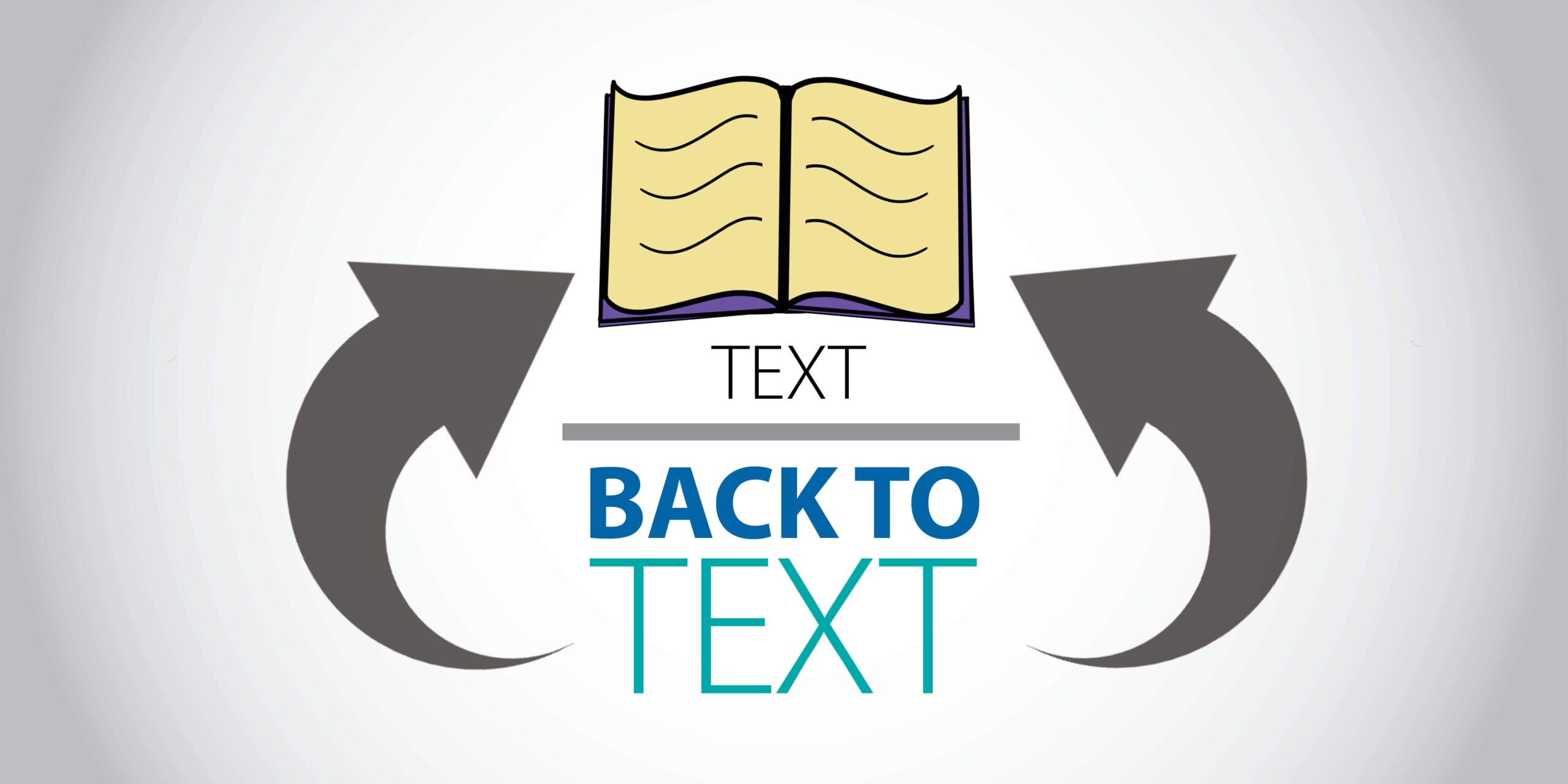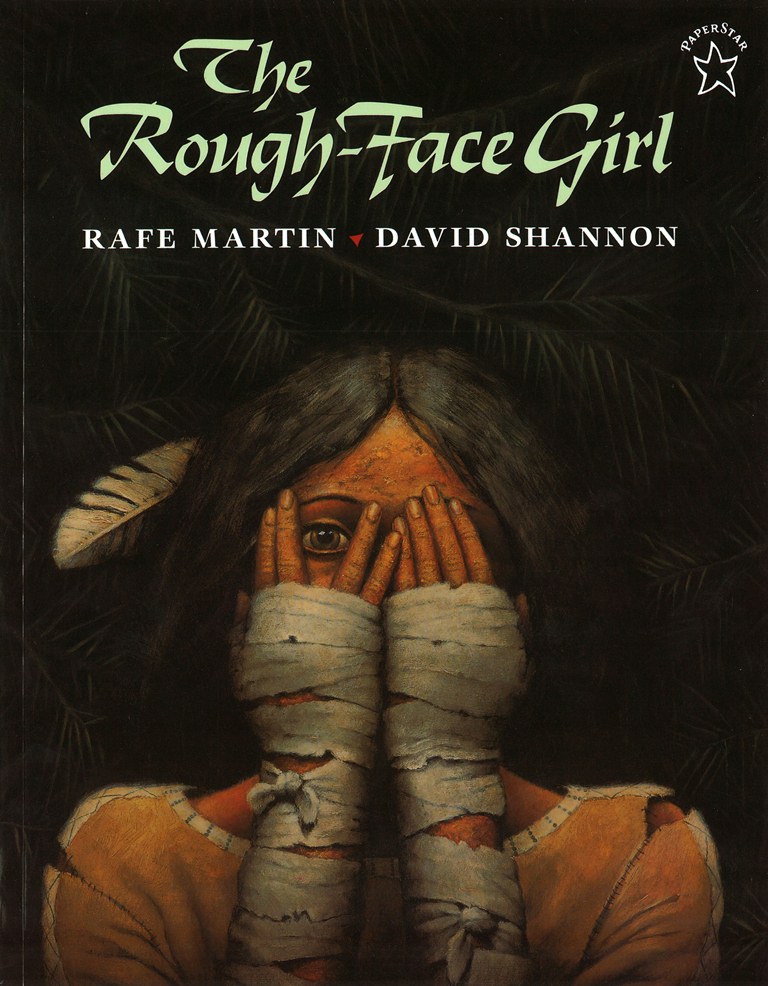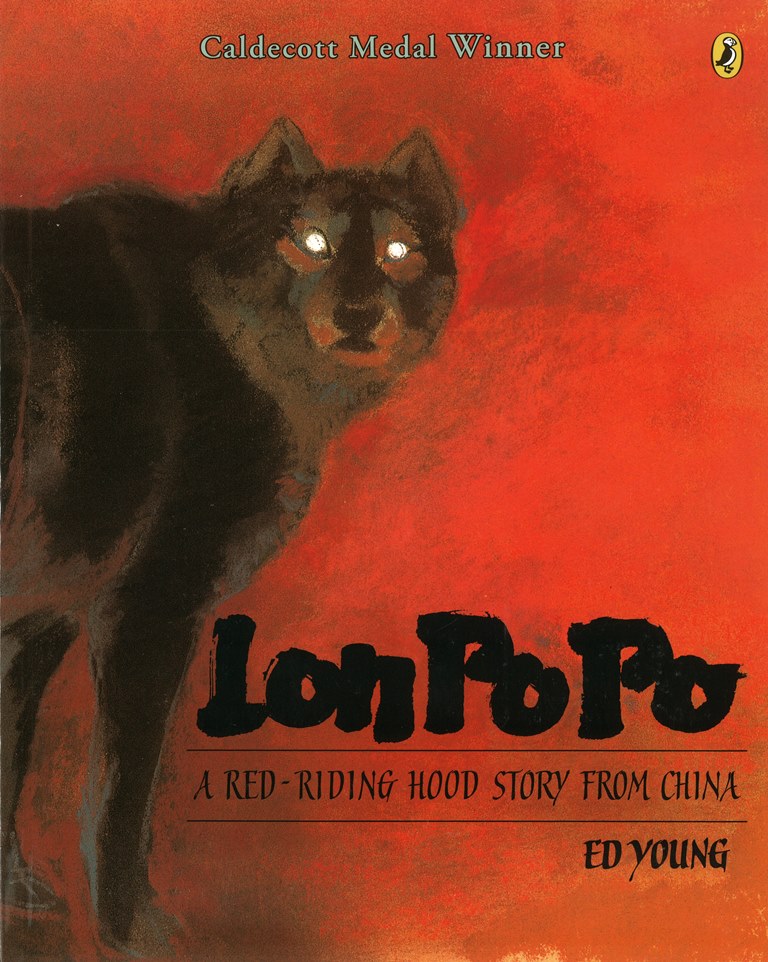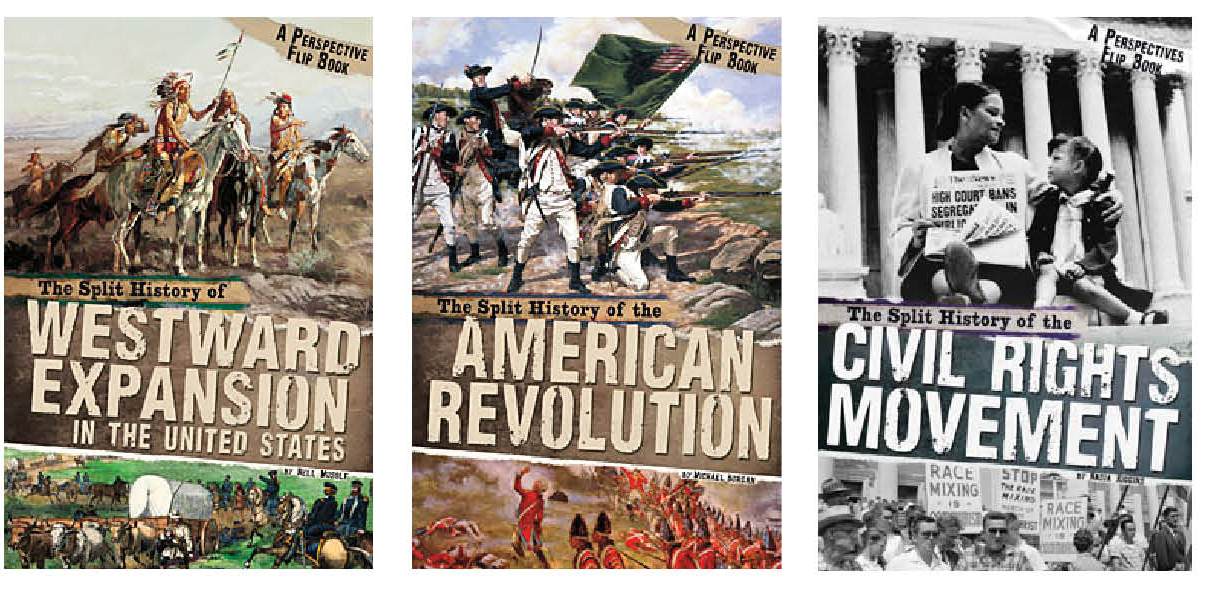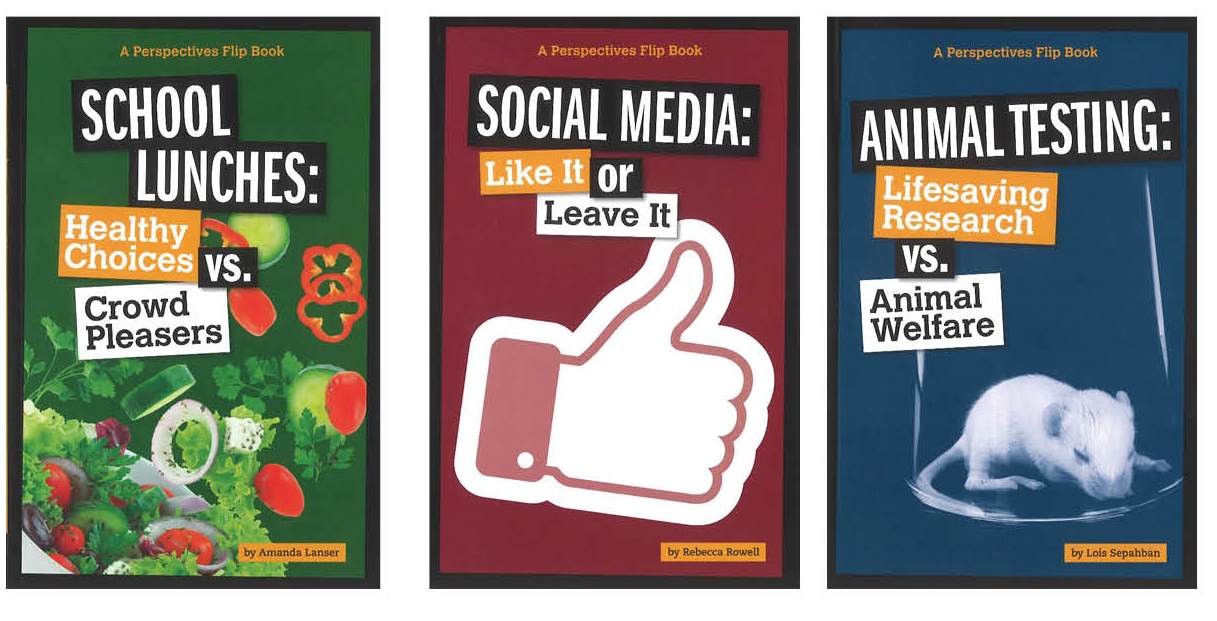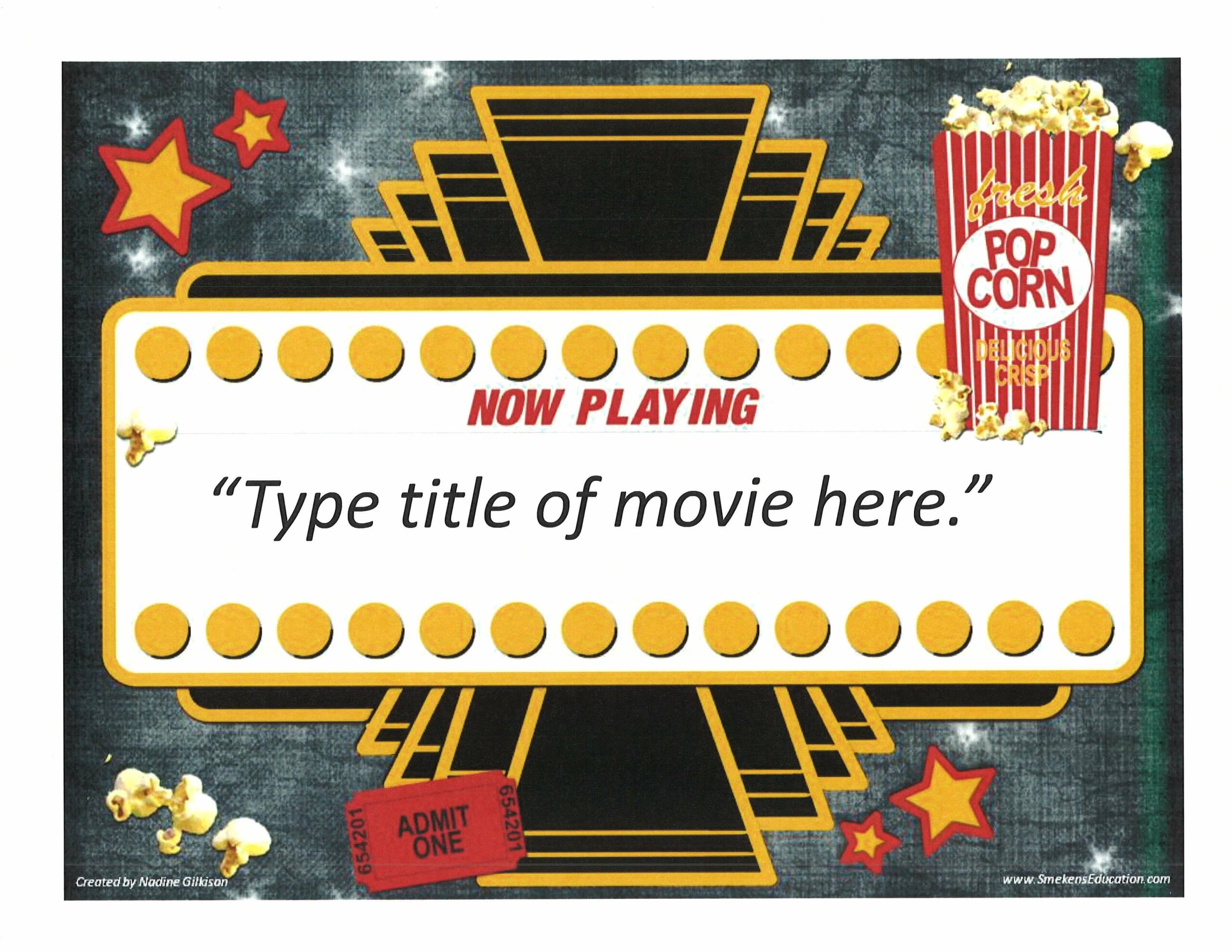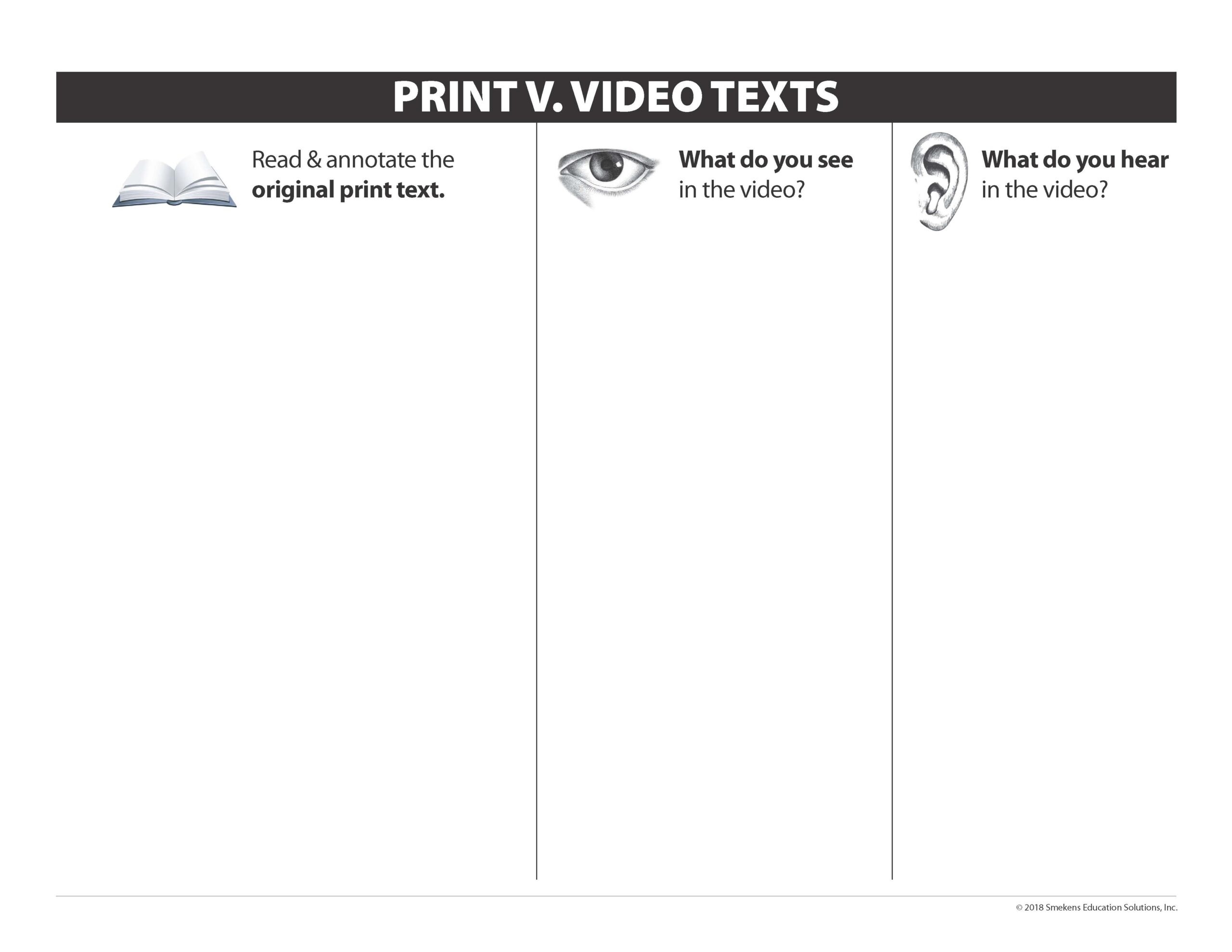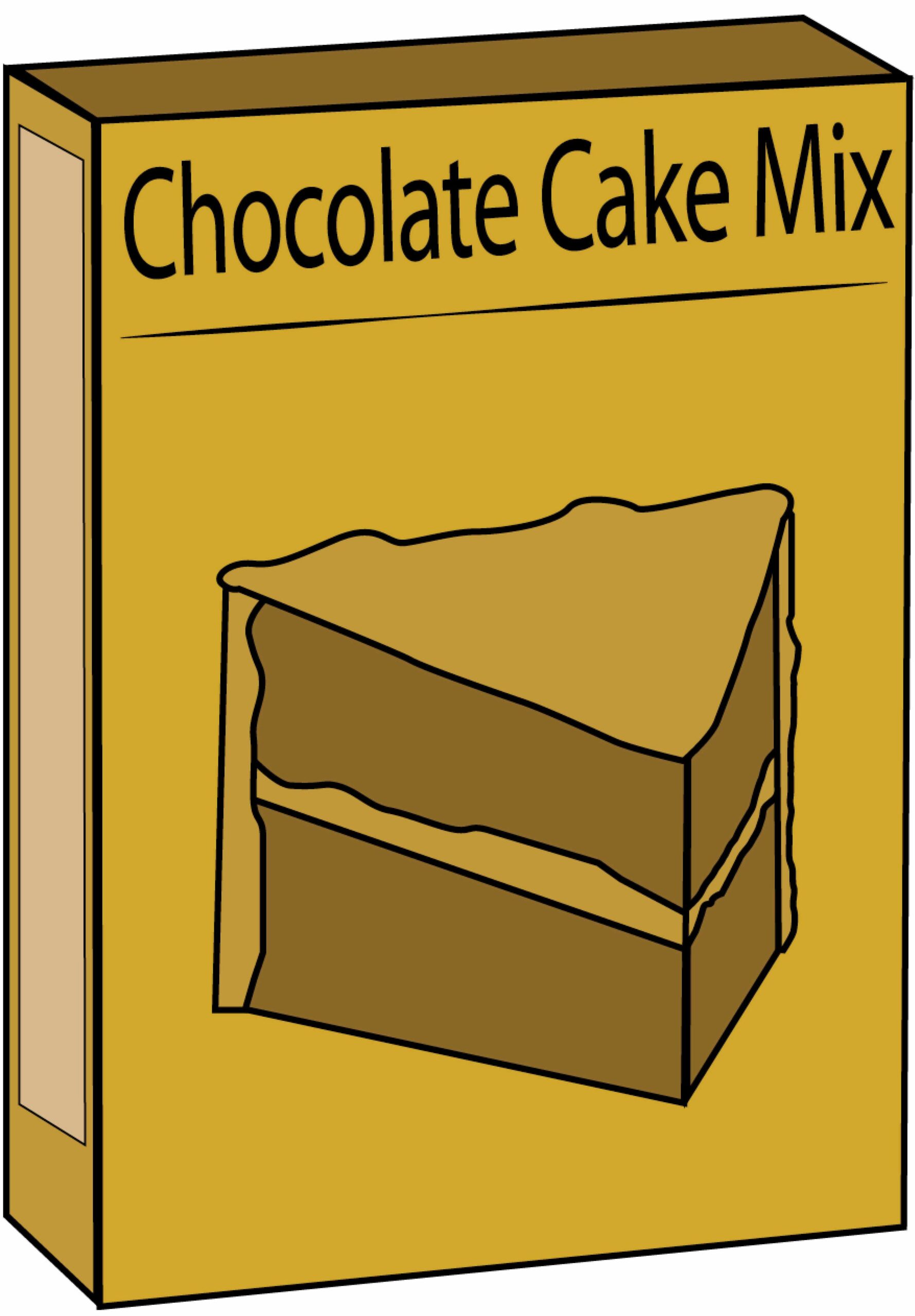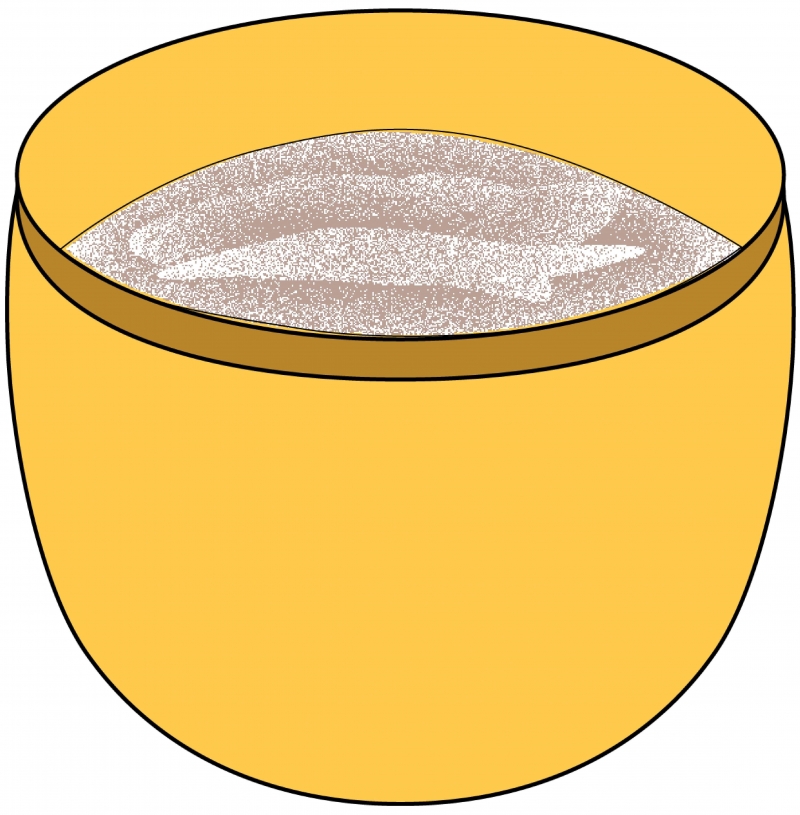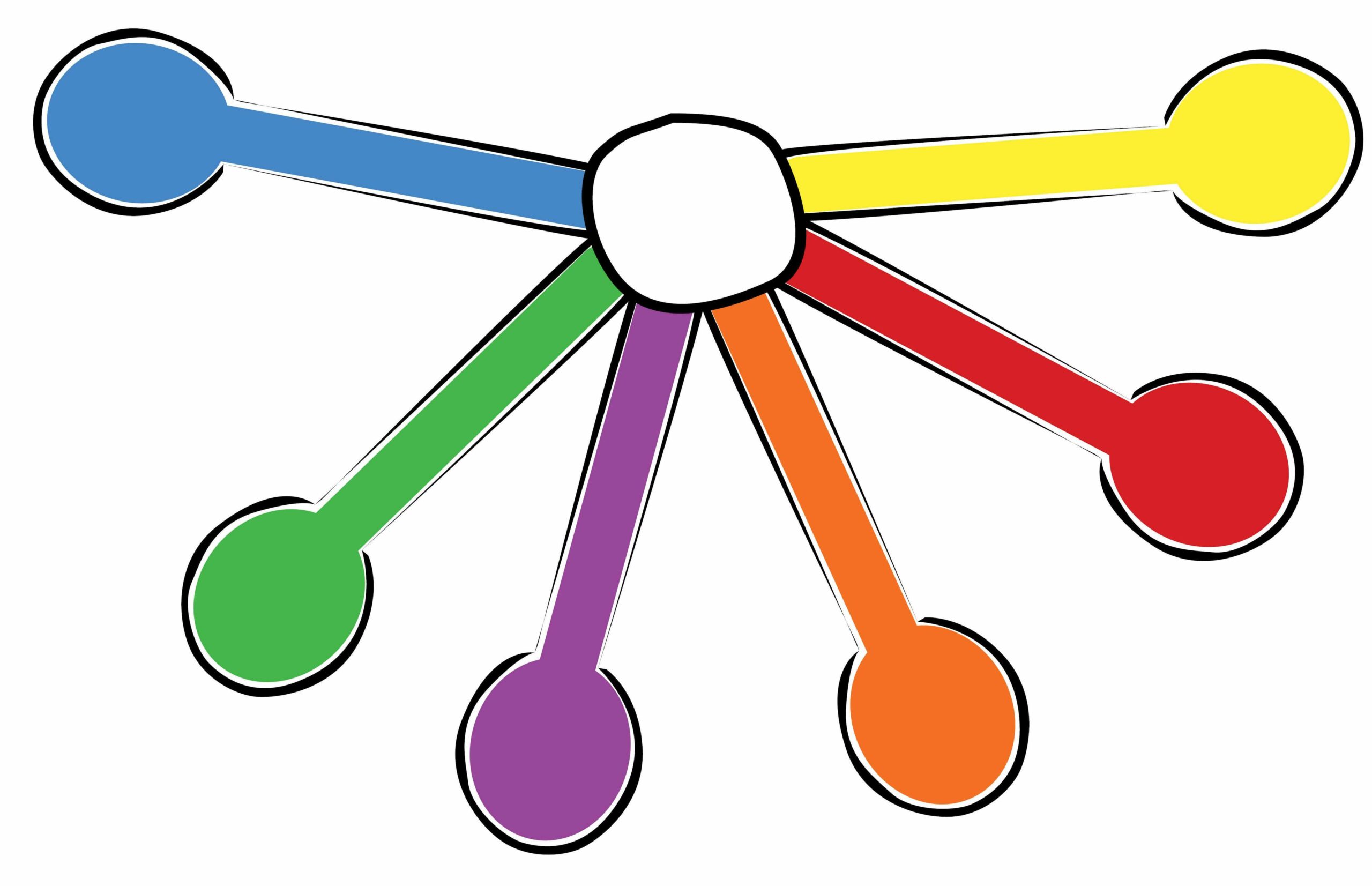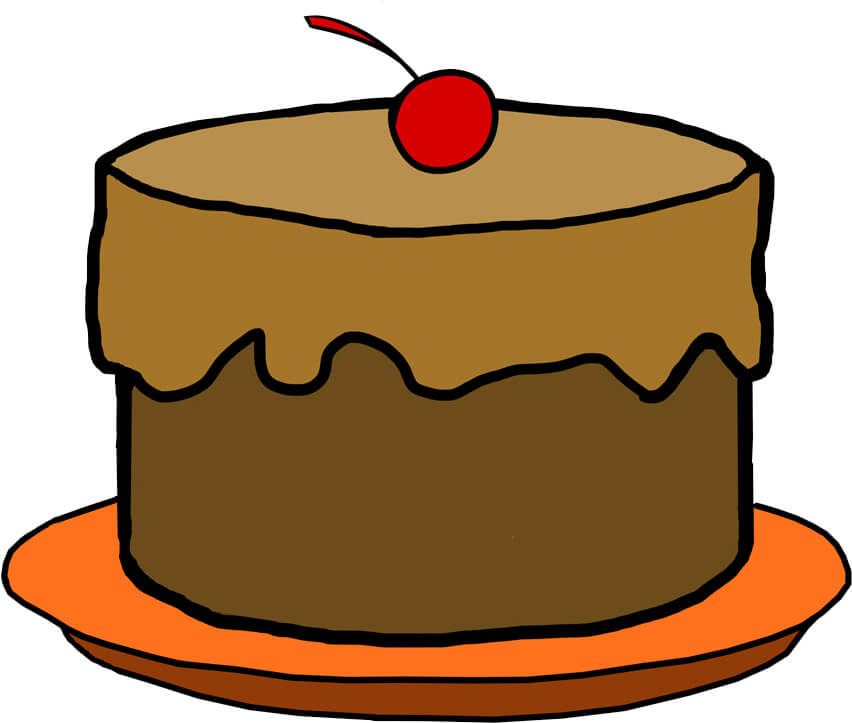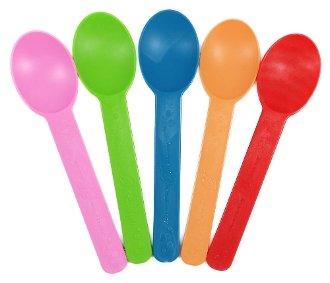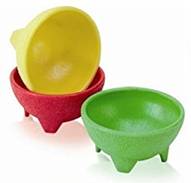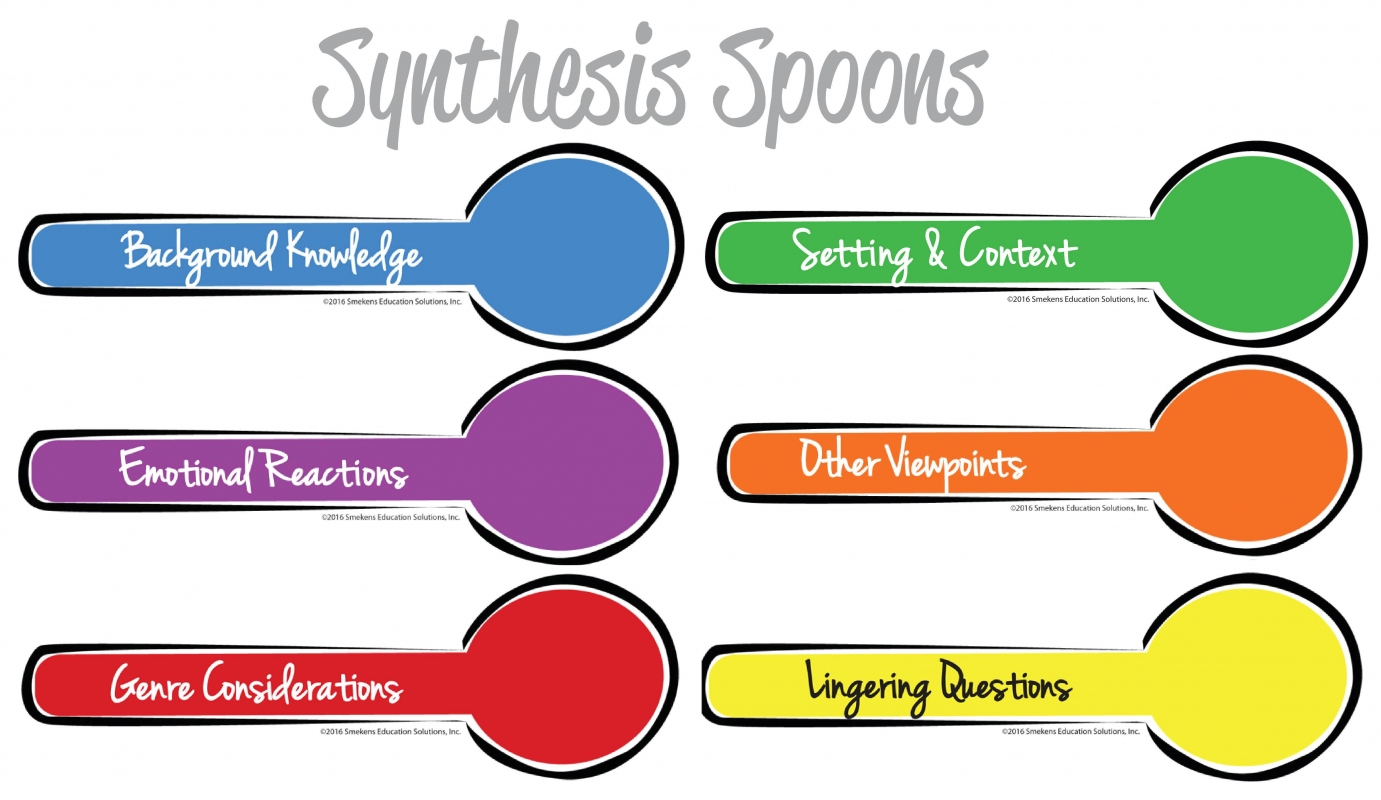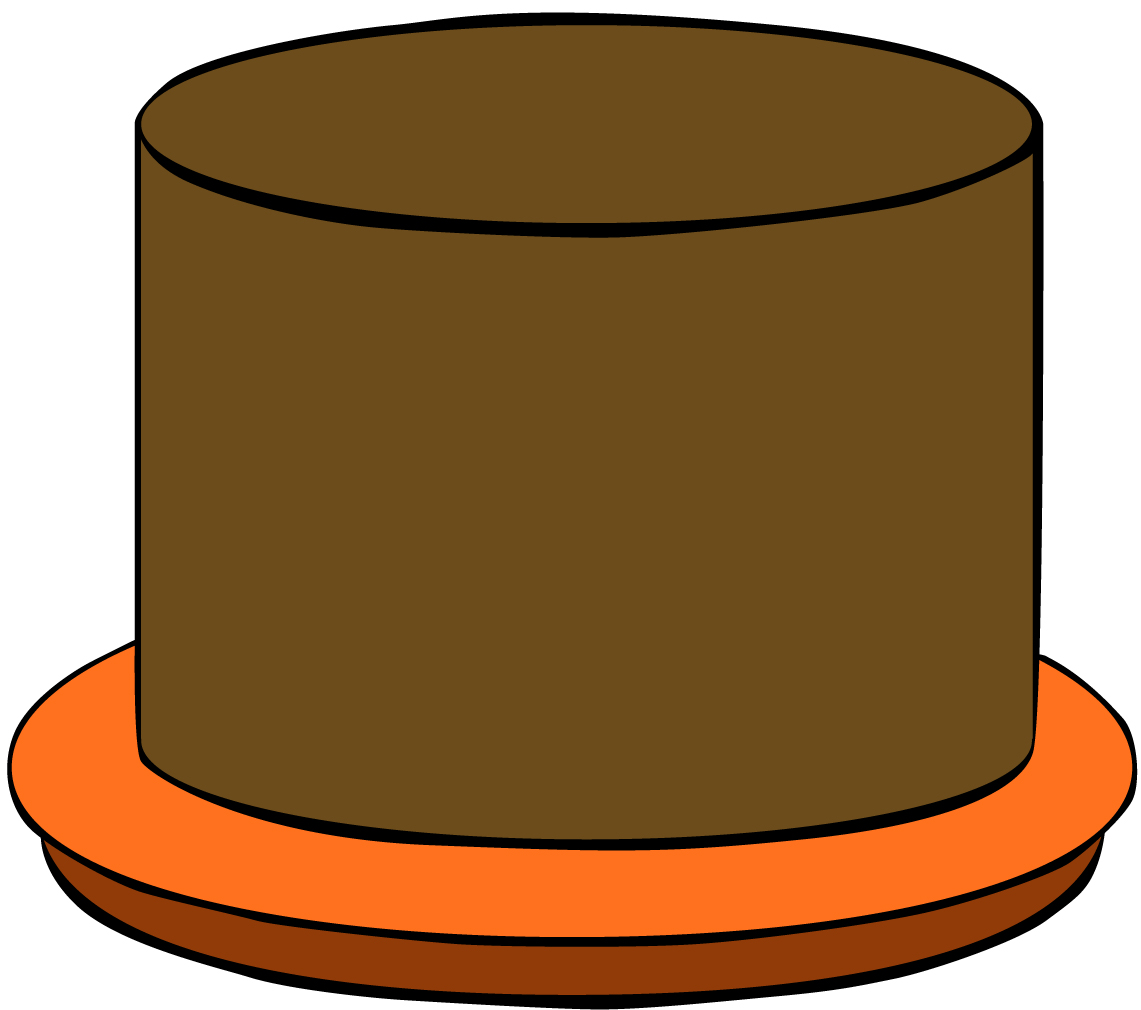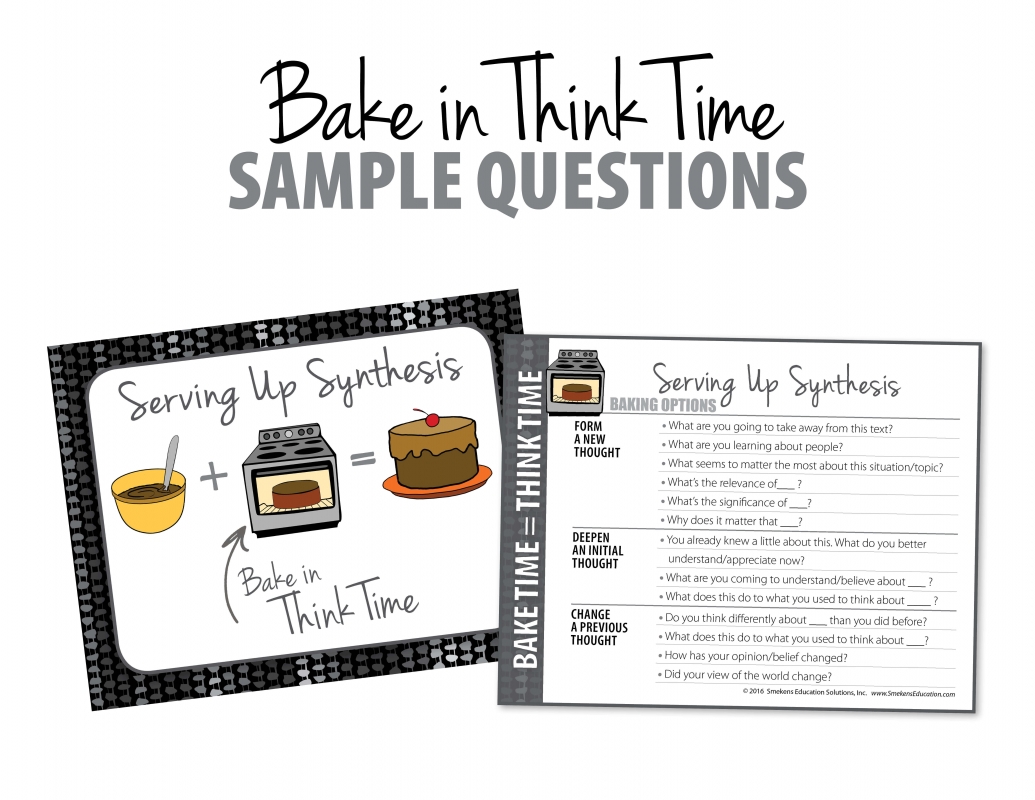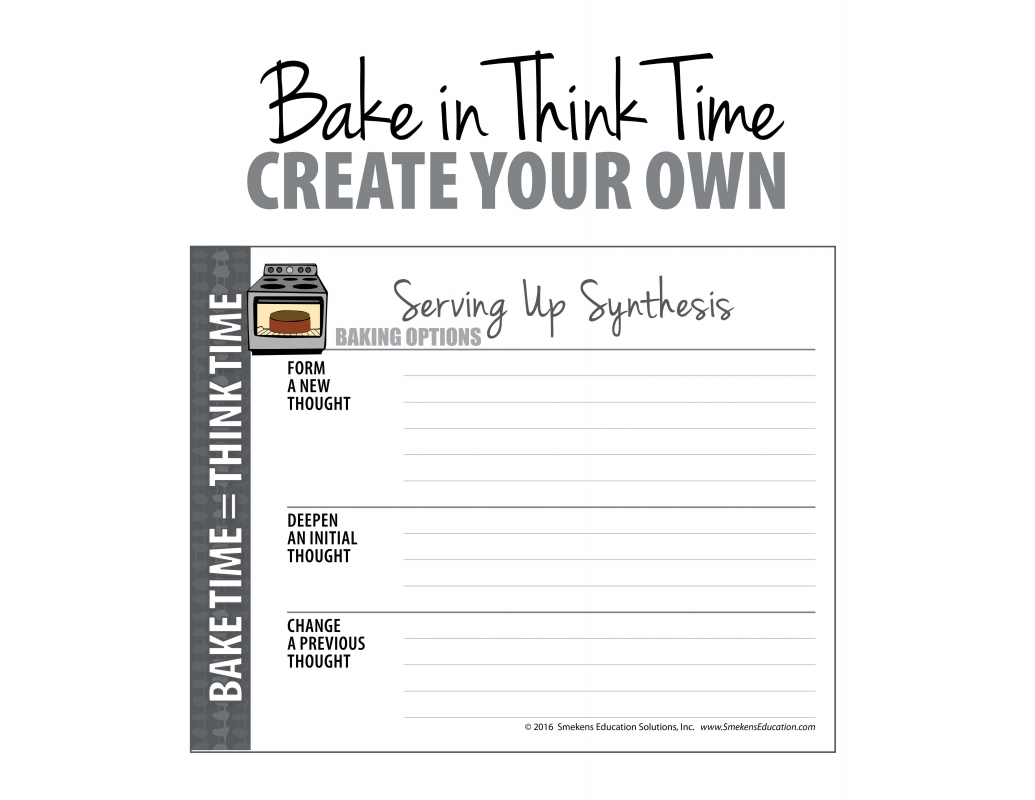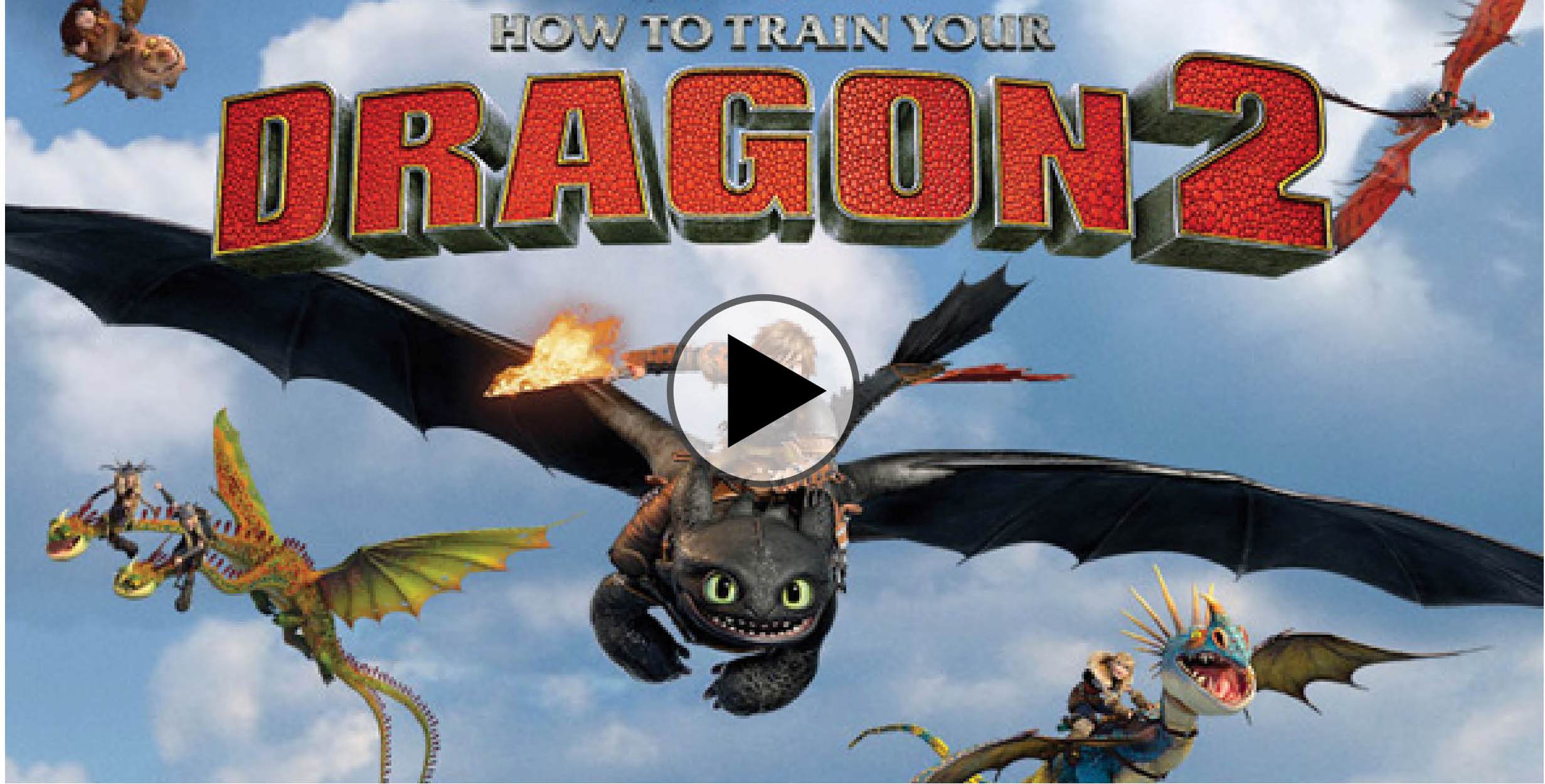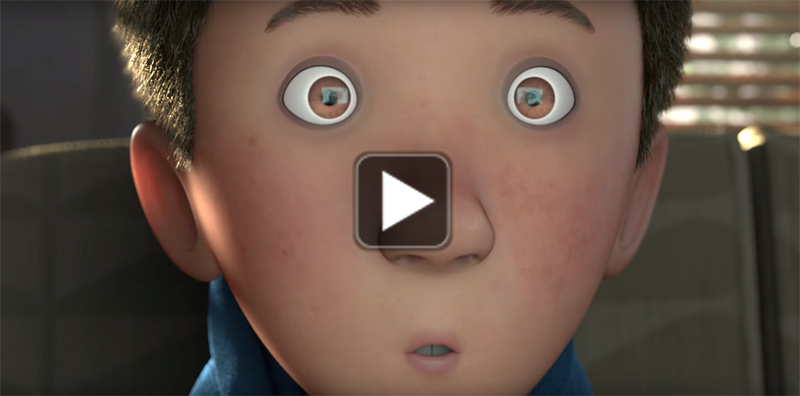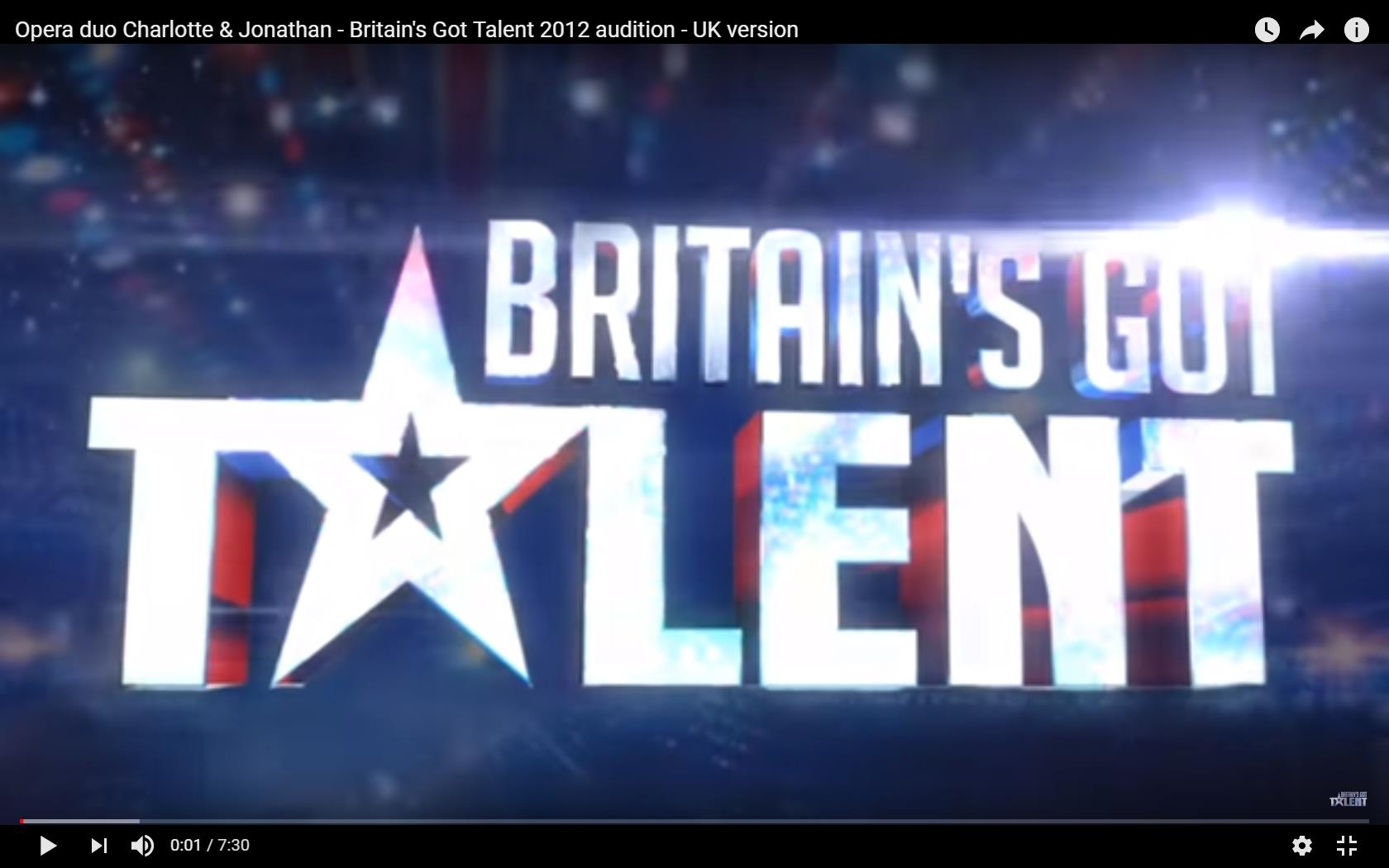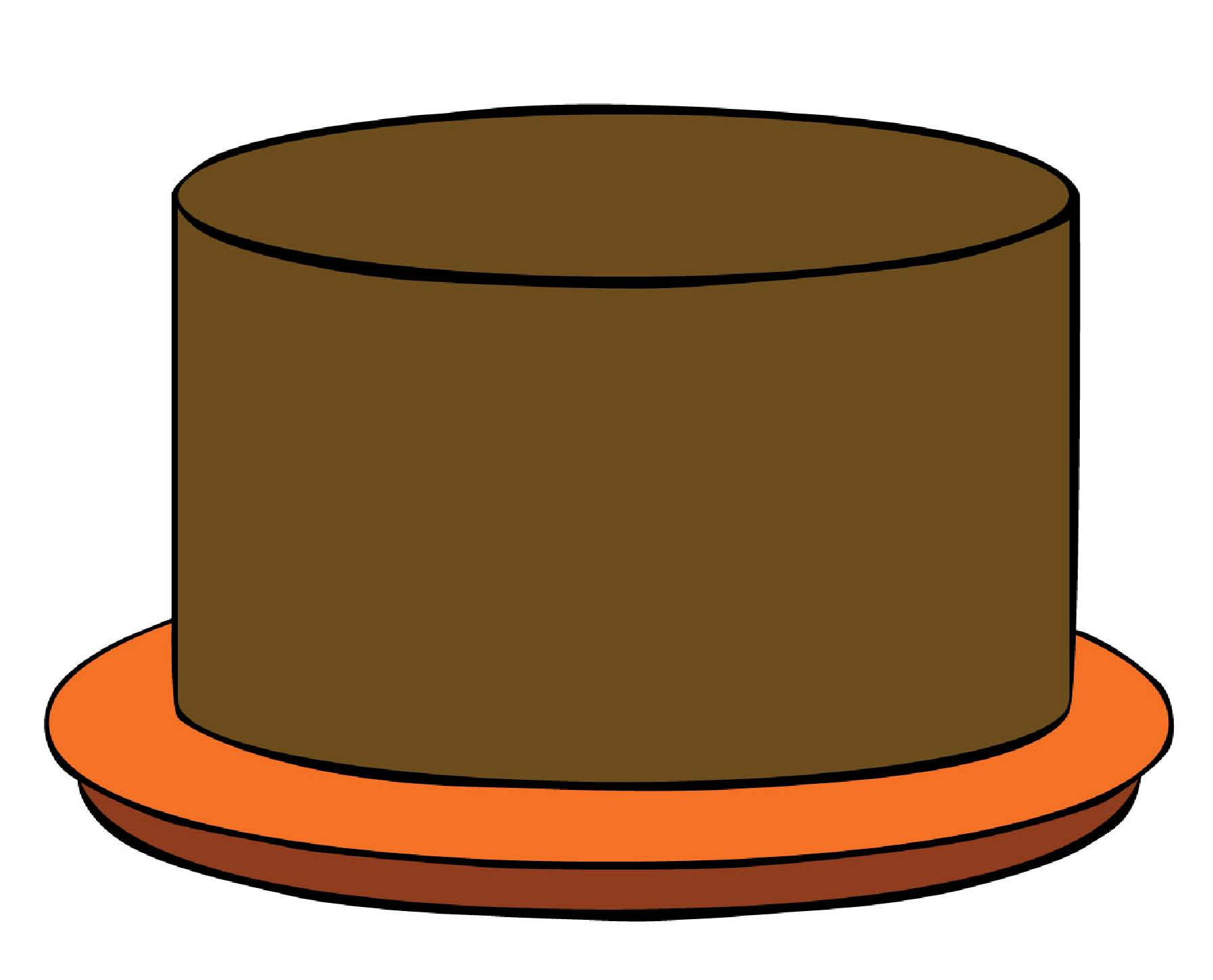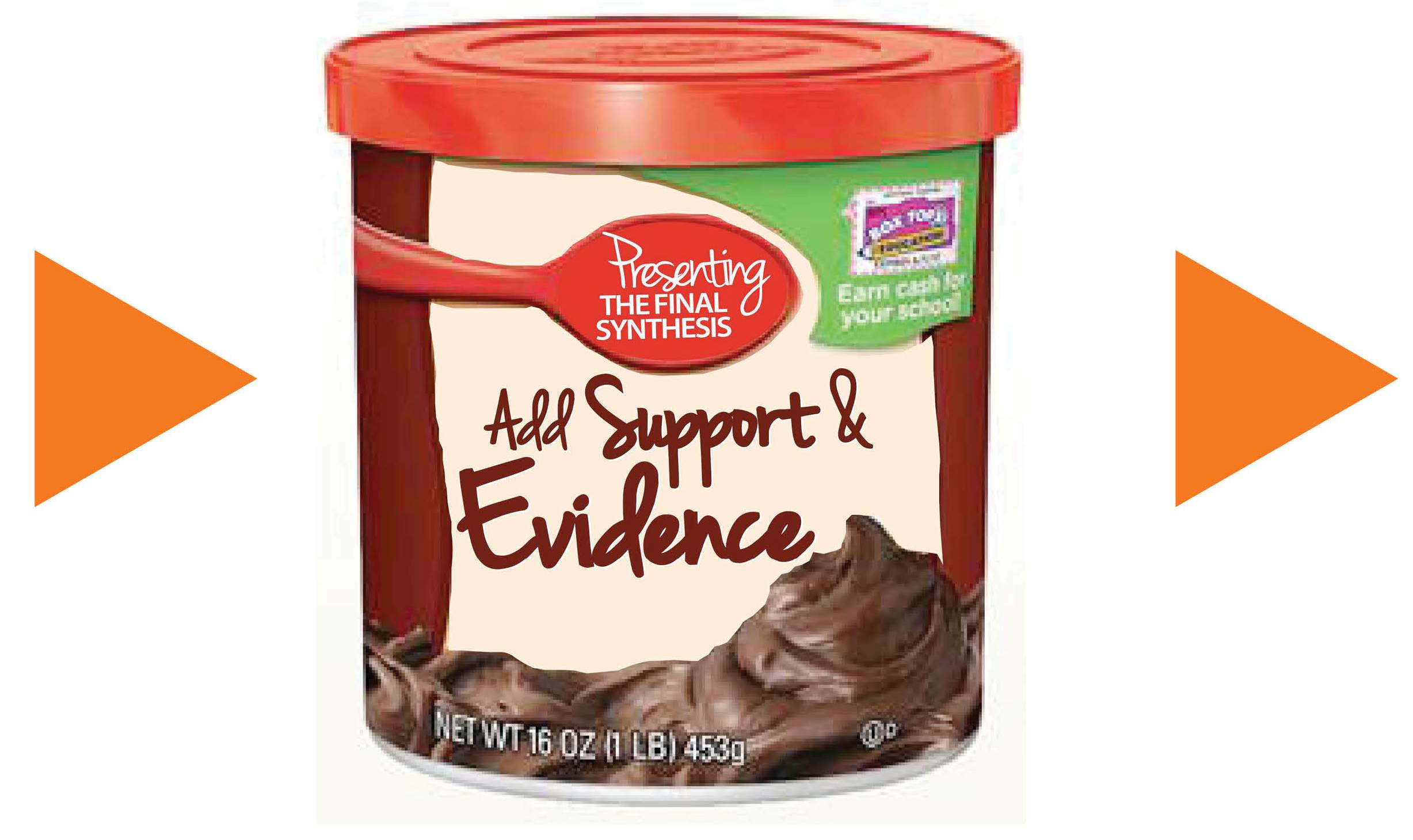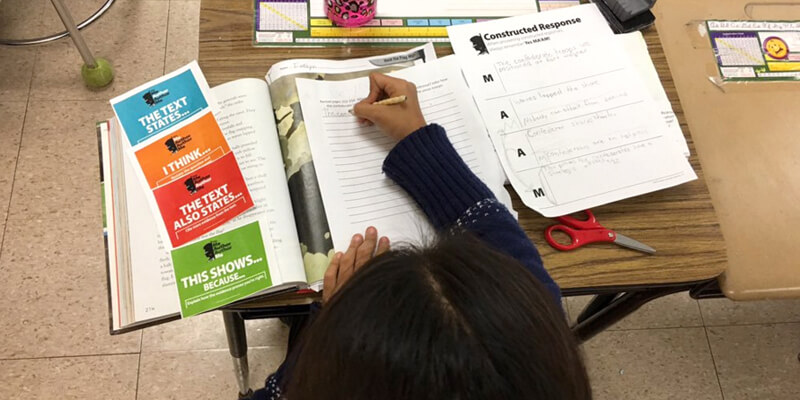Delivering Explicit & Engaging Comprehension Mini-Lessons
SECRET SITE
Quick Links
V

Make text-to-text connections
List comparable information about the two texts.
2-Column T-Chart
PDF | Smartboard
3+ Column T-Chart
PDF | Smartboard
Character Comparisons T-Chart
Compare authors’ perspectives
Make connections between cultural versions of a story or fairy tale.
The Rough Face Girl v. Cinderella
True Story of the 3 Little Pigs v. The Three Little Pigs
Analyze multiple accounts of the same nonfiction topic/event.
Compare texts from different media
Make text-to-text connections between different formats of the same story.
V

Recognize a synthesis when it hits
Guide students to achieve a synthesis
After reading a powerful portion of a text (or the whole text), guide students to “bring it all together” and make a synthesis.
Follow the recipe to “Make a Synthesis.”
Ask relevant questions about each “spoon” category to encourage students to add to their thinking.
Plan additional questions using these “recipe card” templates.
Combine details to synthesize new ideas
Synthesize from Multiple Sources Mini-Lesson
PDF | Smartboard
Generate a synthesis
Differentiate between the Reading Voice (SAY), the various thoughts of the Thinking Voice (MEAN), and the bigger syntheses of the reader (MATTER).
Identify new-to-you discoveries
A synthesis requires students to combine multiple thoughts together to determine the significance—why it all matters.
Think time is represented with the oven baking time.
The realization they make is the raw synthesis—the undecorated cake.
GENERATE ONE OF THREE TYPES OF SYNTHESES
Form a new thought:
In Tangled, Rapunzel realizes that she is the Lost Princess.
Deepen an initial thought:
In How to Train Your Dragon 2, Hiccup really sees the potential of training dragons.
Change a previous thought:
Jonathan & Charlotte’s audition
Change a previous thought:
Susan Boyle’s audition
Trace evolving thinking
Show students how to record individual thoughts to generate a new bigger aha.
Watch Kristina model an after-reading synthesis using “The New Kid,” a passage from Read and Succeed: Level 1.
K-2 Version: PDF | Smartboard | Promethean
3-12 version: PDF | SmartBoard | Promethean
Present a synthesis in writing
To the synthesis statement (the cake), the reader adds icing/frosting (textual support). The synthesis must be “covered” in evidence.

